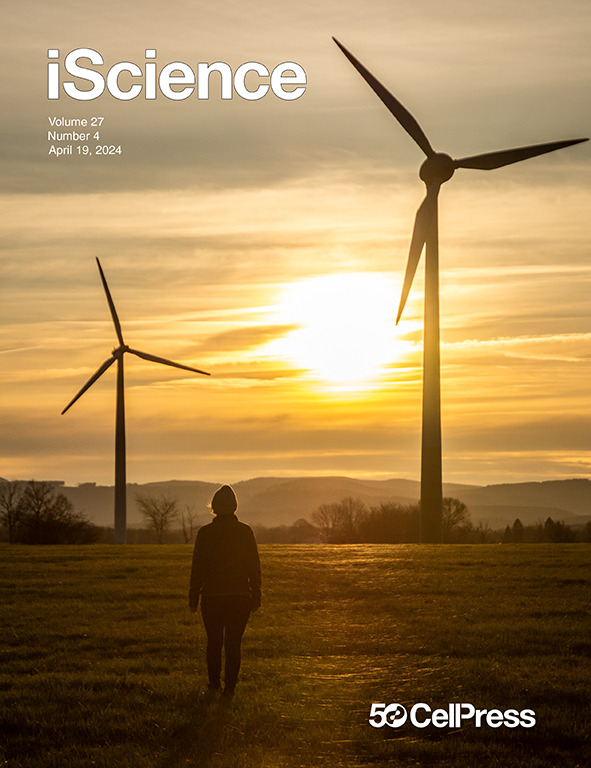FMNL2/SRC-mediated androgen receptor translocation into the nucleus promotes enzalutamide resistance of prostate cancer
IF 4.6
2区 综合性期刊
Q1 MULTIDISCIPLINARY SCIENCES
引用次数: 0
Abstract
Enzalutamide, a second-generation androgen receptor (AR) antagonist, has represented the association with improved overall survival in men with prostate cancer (PCa). However, PCa patients receiving enzalutamide will eventually develop resistance through various mechanisms without effective regimens. Here, we observed a higher level of formin-like 2 (FMNL2) in enzalutamide-resistant PCa cells. Functionally, FMNL2 knockdown partially re-sensitized enzalutamide-resistant PCa cells. Mechanistically, FMNL2 directly interacted with SRC kinase through FMNL2-FH1 and SRC-SH3 domain, which induced AR translocation from the cytoplasm to the nucleus, resulting in increased expression of the AR-targeted genes and leading to resistance to enzalutamide. Consistently, SRC inhibitor dasatinib rescued enzalutamide sensitivity and inhibited the proliferation of enzalutamide-resistant cancer cells. Taken together, our findings demonstrate a substantial role for FMNL2/SRC interaction in the regulation of AR translocation, suggesting that targeting FMNL2-mediated SRC activation might be a potential therapeutic strategy for enzalutamide-resistant PCa and dasatinib could be an option.
求助全文
约1分钟内获得全文
求助全文
来源期刊

iScience
Multidisciplinary-Multidisciplinary
CiteScore
7.20
自引率
1.70%
发文量
1972
审稿时长
6 weeks
期刊介绍:
Science has many big remaining questions. To address them, we will need to work collaboratively and across disciplines. The goal of iScience is to help fuel that type of interdisciplinary thinking. iScience is a new open-access journal from Cell Press that provides a platform for original research in the life, physical, and earth sciences. The primary criterion for publication in iScience is a significant contribution to a relevant field combined with robust results and underlying methodology. The advances appearing in iScience include both fundamental and applied investigations across this interdisciplinary range of topic areas. To support transparency in scientific investigation, we are happy to consider replication studies and papers that describe negative results.
We know you want your work to be published quickly and to be widely visible within your community and beyond. With the strong international reputation of Cell Press behind it, publication in iScience will help your work garner the attention and recognition it merits. Like all Cell Press journals, iScience prioritizes rapid publication. Our editorial team pays special attention to high-quality author service and to efficient, clear-cut decisions based on the information available within the manuscript. iScience taps into the expertise across Cell Press journals and selected partners to inform our editorial decisions and help publish your science in a timely and seamless way.
 求助内容:
求助内容: 应助结果提醒方式:
应助结果提醒方式:


